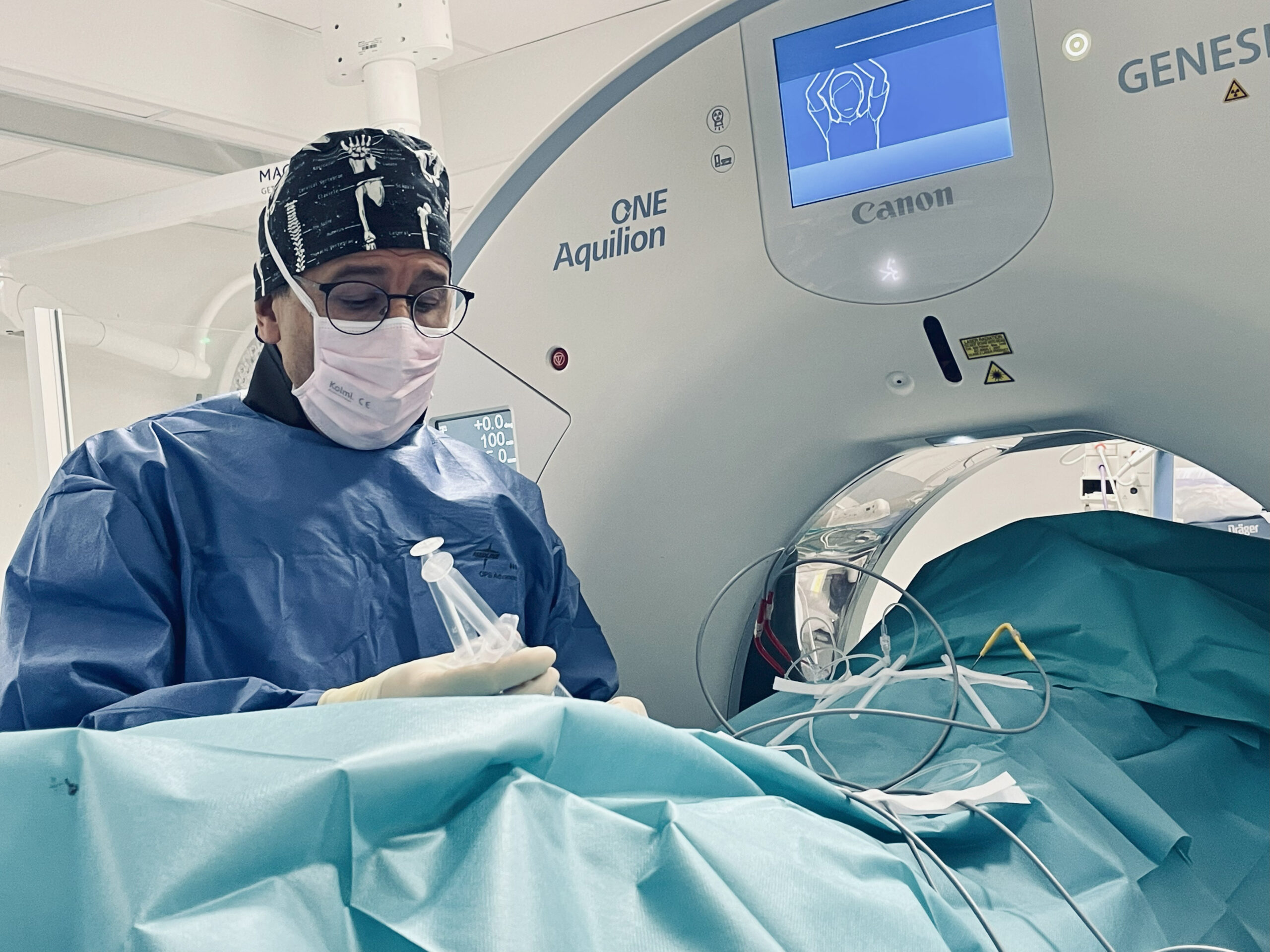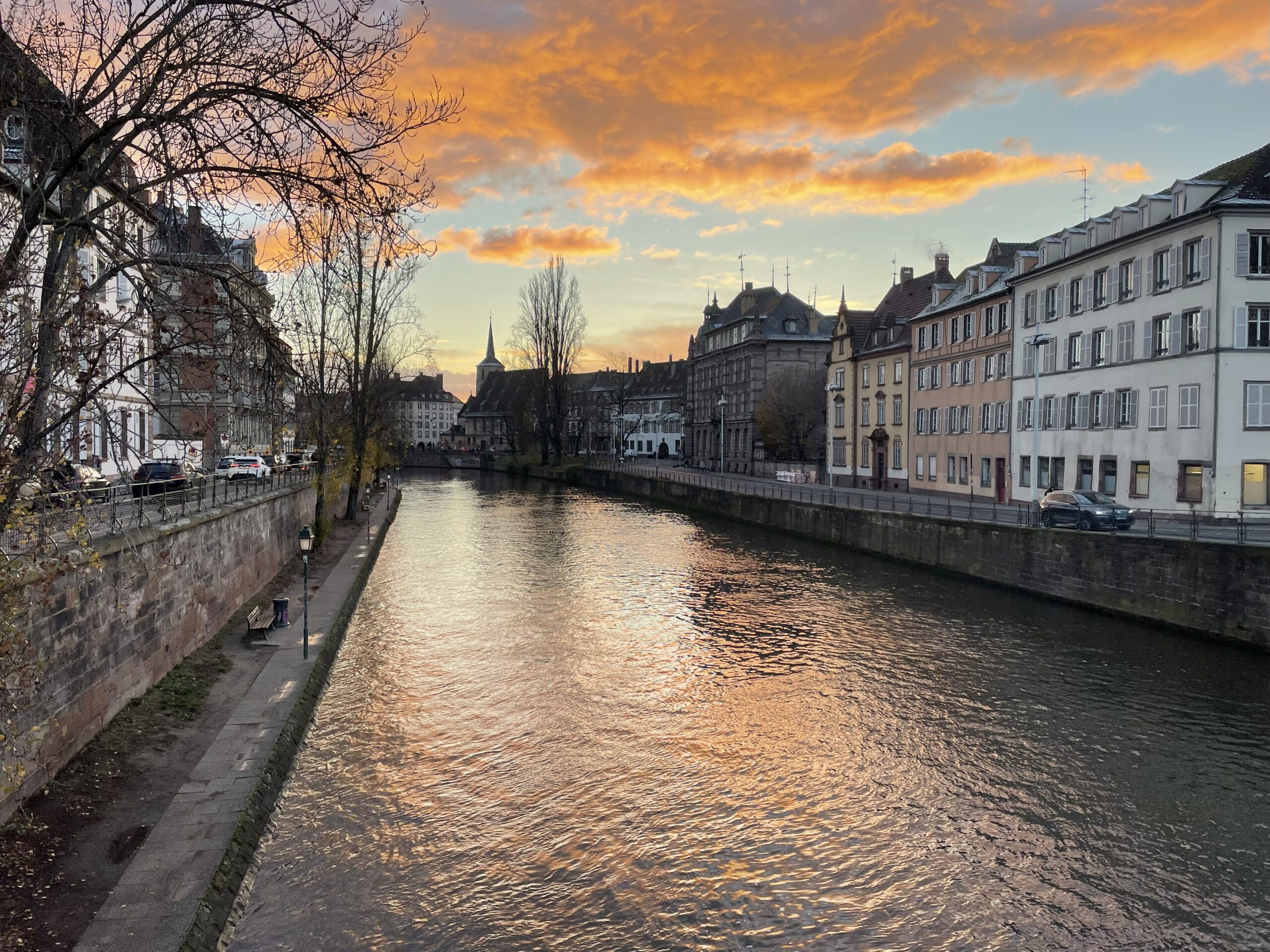CIRSE Fellowship report: Dr. Mihir Desai
My name is Dr. Mihir Desai, and I am an Australian vascular and interventional radiologist. I have been working in London for the past two and a half years. In 2024, I had the privilege of joining the world-renowned Nouvel Hôpital Civil at the University of Strasbourg, France as a CIRSE Fellow in oncological and osteoarticular interventions.
Having been designated the first IASIOS Centre of Excellence, Nouvel Hôpital Civil offers a vast array of learning opportunities that include both clinical expertise and system optimisation. The universal chaos of an interventional radiology department appeared non-existent here with uninterrupted elective lists and efficient room turnover. There were no frantic corridor discussions about trying to fit in additional patients; it all seemed to work. A weekly meeting where the week’s cases and operative plans were discussed ensured that all craft groups of the department were on the same page. This effortless efficiency stems from years of well-thought-out, incremental improvements. To see what can be achieved with the correct attitude and patience is inspiring.
I was fortunate enough to have previously worked with Prof. Afshin Gangi at Guy’s & St Thomas’ Hospitals, London and was excited to work in his home department. One of the pioneers of oncological intervention and vertebroplasty, Prof. Gangi is renowned for his charismatic demeanour and down-to-earth attitude. He is generous with his time to teach, whether that be the intricacies of a sacral sarcoma ablation or valued wisdom about life and career.
The other consultants and staff were similarly welcoming, including Dr. Cazzato, who is the backbone of the department. No question goes unanswered, and time is always taken to teach. In addition, I had the pleasure of visiting Dr. Pramod Rao at the Hopitaux Civils de Colmar, a large high-volume unit with close ties to the department. Dr. Rao’s enthusiasm for teaching is infectious and his experience across multiple highly regarded departments brings a wealth of knowledge.
Whilst the department is famous for their complex oncological cases, the high volume oligometastatic ablations, abdominal wall endometriosis ablations, and vertebroplasties equally demonstrate what a modern IR department should look like. The enormous impact these procedures offer patients cannot be overstated. In addition to the percutaneous service offered, there is a parallel busy endovascular unit performing high-volume prostate artery and vascular malformation embolizations. In addition to the clinical work, I was lucky enough to attend the ESIR course on lung and bone ablation run by the legendary Prof. Jean Palussiere at the Centre for Image Guided Surgery in Strasbourg.
Overall, the fellowship experience was incredible and has left an immense impact on how I approach not only clinical cases but also the non-technical aspects of IR such as systems and team development. The ethos of this fellowship, as explained by Prof. Gangi, lies in replicating these systems and skills in our own clinical practice, something I am excited to implement back home in Sydney.


